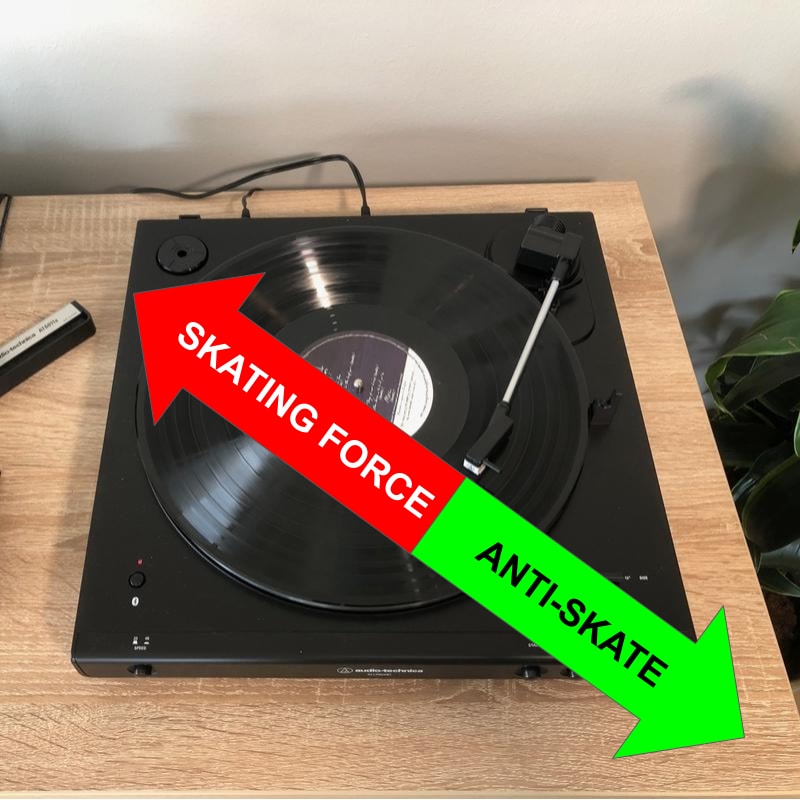heidcase music
pfm Member
Never been able to understand which way the record pulls the stylus
So .. which will cause more long term damage .. under anti-skate setting .. or over anti-skate setting in context with the tracking weight
So .. which will cause more long term damage .. under anti-skate setting .. or over anti-skate setting in context with the tracking weight


